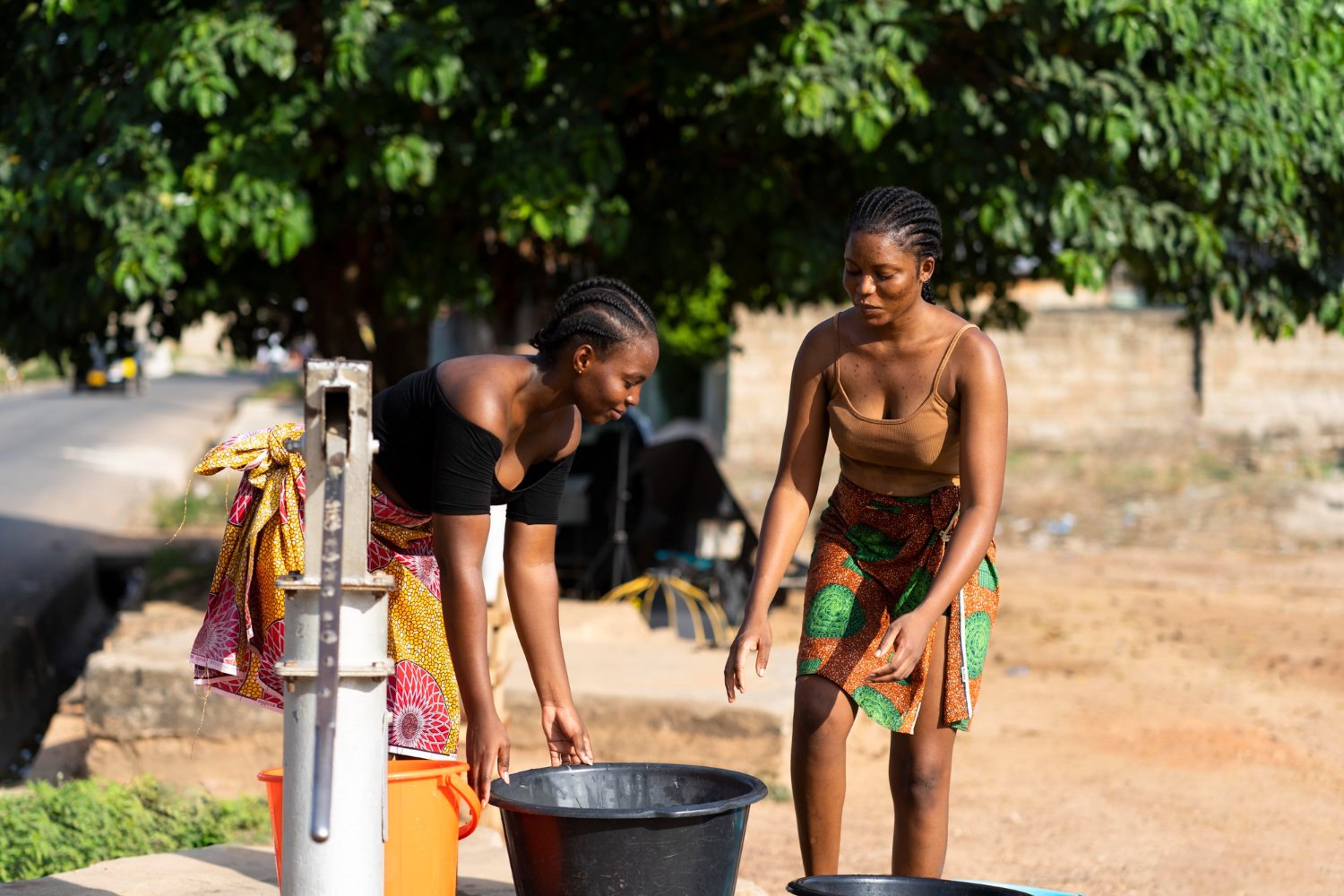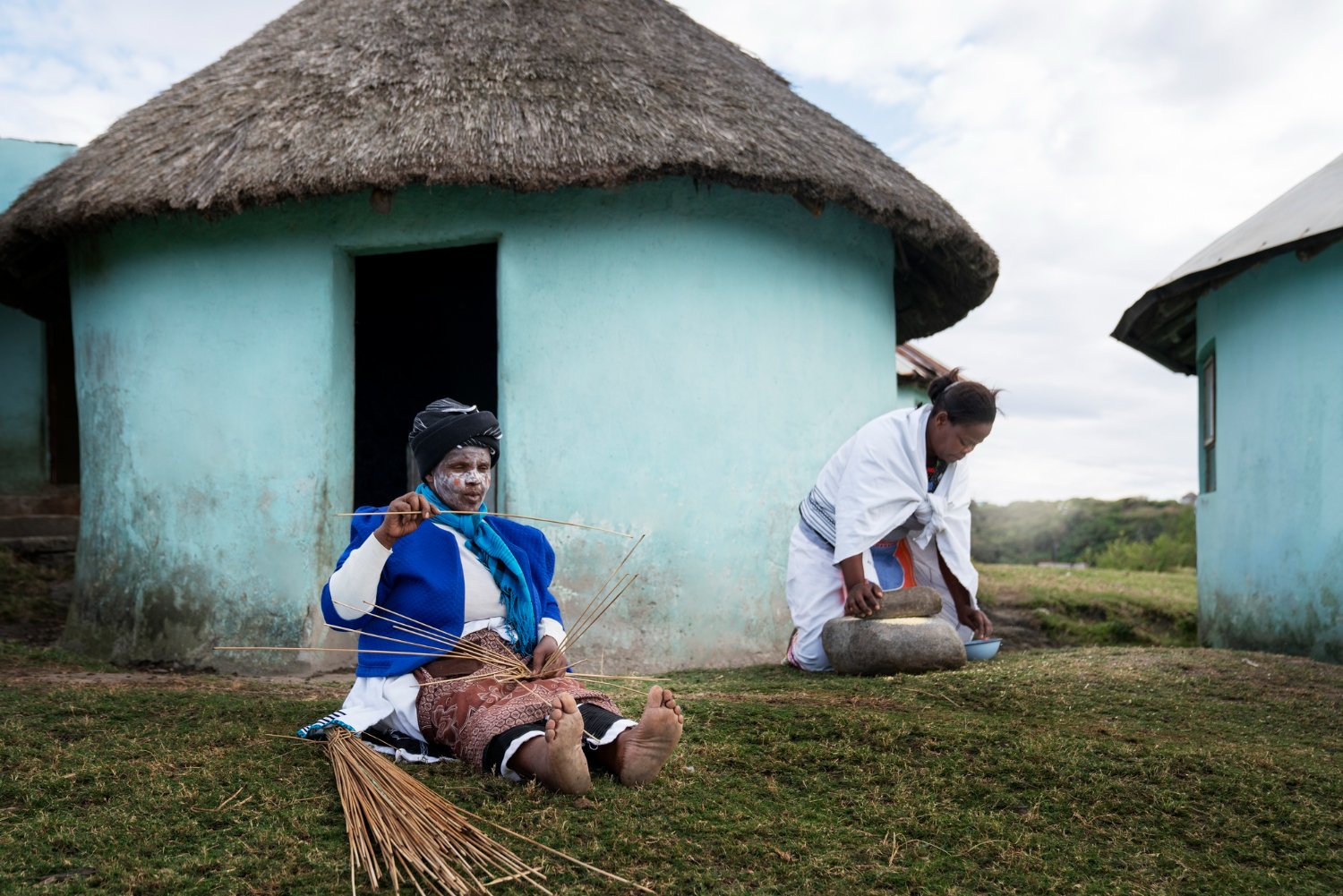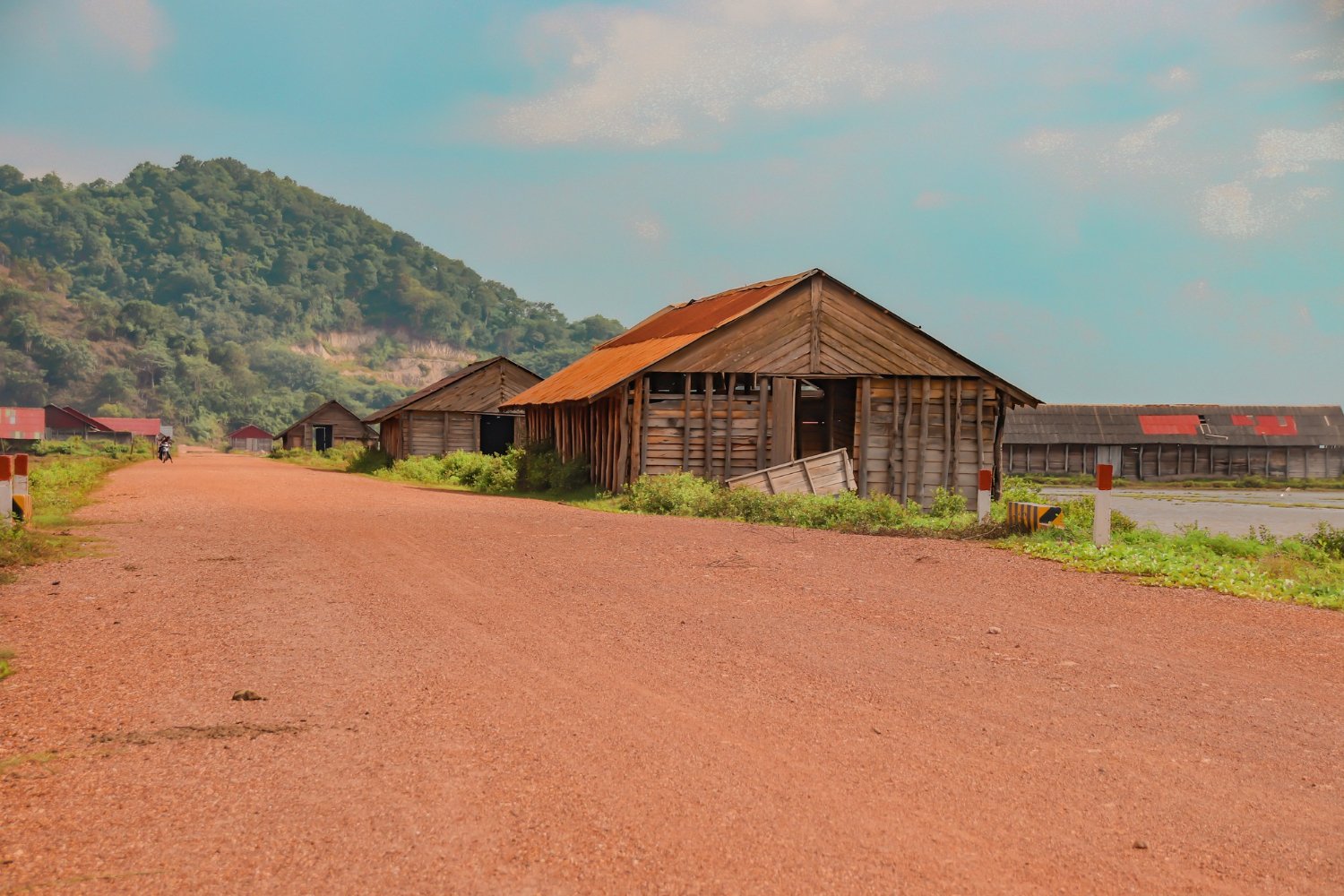In Wau-Waria, clean water is more than a daily need — it is a matter of life and death. For many communities across this rural region, access to safe, reliable water sources remains a major challenge, and the consequences ripple across every part of daily life, especially health.
Without clean water and proper sanitation, diseases spread easily, children miss school, families face mounting health costs, and healthcare systems become overwhelmed. In Wau-Waria, the connection between sanitation and health is visible every day — and it demands urgent action.
The Reality on the Ground
Many villages in Wau-Waria rely on rivers, creeks, or shallow wells for drinking water. These sources are often shared with animals, contaminated by runoff, or stagnant during dry seasons. Even where boreholes or rainwater tanks exist, maintenance issues can render them unusable for months at a time.
In some communities, families walk several kilometers each day just to collect water — and even then, it’s not always safe. Without proper sanitation infrastructure, open defecation and poor waste management compound the problem, turning water sources into breeding grounds for disease.
“We have no choice but to drink from the river,” says Lucy, a mother from a rural village. “Sometimes the children get sick, but there is nowhere else to get water.”
Health Consequences of Poor Water and Sanitation
The health impacts of unsafe water and poor sanitation are immediate and devastating. Some of the most common issues in Wau-Waria include:
- Waterborne Diseases: Diarrhea, cholera, and typhoid fever are rampant, especially among children under five.
- Skin Infections and Eye Diseases: Poor hygiene practices, due to limited water access, lead to preventable infections.
- Malnutrition: Frequent illness weakens children’s bodies, making it harder for them to absorb nutrients even when food is available.
- Maternal and Newborn Health Risks: Lack of clean water in health facilities puts mothers and newborns at higher risk of infection during childbirth.
According to local health workers, a significant portion of clinic visits are directly linked to waterborne diseases — illnesses that could be easily prevented with clean water and better sanitation.
Why Clean Water and Sanitation Matter for Community Health
Investing in water, sanitation, and hygiene (WASH) systems is not just about convenience — it is about transforming health outcomes.
- Reduced Disease Burden: Clean water drastically cuts down cases of diarrhea and other deadly diseases.
- Improved Maternal Health: Safe water in clinics ensures safer births and healthier babies.
- Stronger Healthcare Systems: Fewer water-related illnesses ease the strain on overstretched health centers.
- Better School Attendance: Children miss fewer school days when they are healthy and when schools have proper toilets and clean water.
Access to clean water is the foundation upon which stronger, healthier communities are built.
Steps Toward a Healthier Wau-Waria
Change is possible. Community leaders, health advocates, and NGOs are working on projects to improve water access and sanitation, but more support is needed. Some key actions include:
- Building and Maintaining Safe Water Sources: Boreholes, rainwater tanks, and protected springs can provide reliable clean water.
- Community Sanitation Programs: Educating families about hygiene and building latrines can reduce contamination.
- Water Quality Testing and Treatment: Simple, low-cost methods like chlorine tablets and filtration systems can make a big difference.
- Support for Health Facilities: Ensuring clinics have reliable water supplies for safe deliveries and clean environments.
Conclusion: Clean Water Is Health
In Wau-Waria, the link between sanitation and health is crystal clear. Without clean water, health systems struggle, families suffer, and communities cannot thrive.
Access to safe water isn’t just a basic service — it’s the foundation for life, dignity, and opportunity. Investing in clean water for Wau-Waria is investing in a healthier, stronger future for all.






